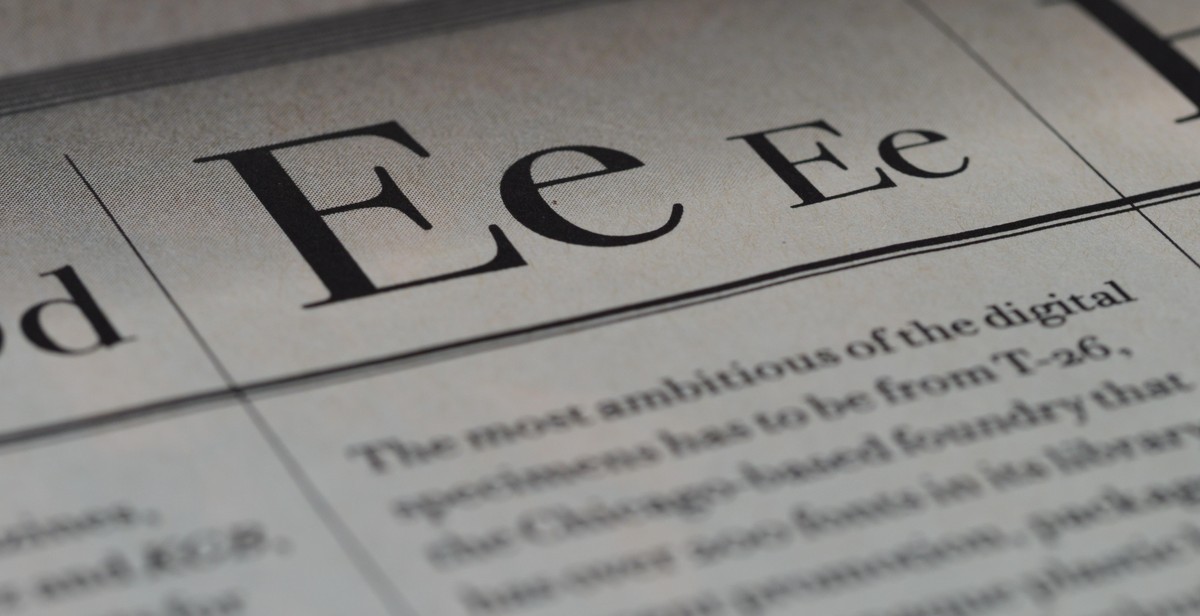How to Create a Typographic Poster: Combining Fonts and Layouts for Visual Impact
Typographic posters are a popular form of graphic design that uses typography as the primary visual element. They are used to convey a message or promote an event or product. The use of typography in posters is not new, but it has gained more attention in recent years due to its ability to create a unique and impactful design.
Why Typographic Posters are Important?
Typographic posters are important for several reasons:
- They are a visual representation of a message or idea, making them a powerful tool for communication.
- They can be used to promote events, products, or services, making them a valuable marketing tool.
- They are a form of art and can be used to express creativity and showcase the designer’s skills.
Creating a typographic poster requires a good understanding of typography and layout design. It involves choosing the right fonts, colors, and layout to create a visually appealing and effective design. In this article, we will provide a step-by-step guide on how to create a typographic poster that combines fonts and layouts for maximum visual impact.

Choosing Fonts for Your Typographic Poster
When it comes to creating a typographic poster, choosing the right fonts is crucial. The fonts you choose will determine the overall look and feel of your poster, and can greatly impact its readability and effectiveness. Here are some tips for selecting and combining fonts for maximum impact.
Understanding Font Families
Before you start selecting fonts for your poster, it’s important to understand the different font families that are available. Font families are groups of fonts that share a similar design, such as serif or sans-serif. Here are some of the most common font families:
- Serif: Serif fonts have small lines at the ends of their strokes and are generally seen as more traditional and formal.
- Sans-serif: Sans-serif fonts do not have lines at the ends of their strokes and are often seen as more modern and informal.
- Script: Script fonts are designed to look like handwriting and can add a personal touch to your poster.
- Display: Display fonts are meant to be used in large sizes and can add visual impact to your poster.
Selecting Fonts for Your Poster
When selecting fonts for your poster, it’s important to consider the message you want to convey and the audience you are targeting. Here are some tips for selecting fonts:
- Choose fonts that are easy to read. Avoid overly decorative or complex fonts that can be difficult to read.
- Consider the tone of your poster. If you want to convey a formal or traditional tone, consider using a serif font. If you want to convey a modern or informal tone, consider using a sans-serif font.
- Use no more than three fonts in your poster. Using too many fonts can make your poster look cluttered and confusing.
Combining Fonts for Maximum Impact
Once you have selected your fonts, it’s time to combine them for maximum impact. Here are some tips for combining fonts:
- Use contrasting fonts. Combining fonts that are too similar can make your poster look bland and uninteresting. Instead, try combining fonts that have contrasting styles, such as a serif font with a sans-serif font.
- Use hierarchy to guide the reader. Use different font sizes and weights to create a hierarchy of information, with the most important information being the largest and boldest.
- Consider the spacing between fonts. Make sure there is enough space between your fonts to ensure readability and avoid visual clutter.
| Font Family | Example |
|---|---|
| Serif | Times New Roman |
| Sans-serif | Arial |
| Script | Lucida Handwriting |
| Display | Bebas Neue |

Layout and Design
Creating a typographic poster requires more than just choosing a few fonts and placing them on a blank canvas. The layout and design of the poster are crucial elements that can make or break the visual impact of the final product. Here are some key factors to consider when designing a typographic poster:
Hierarchy and Scale
The hierarchy of the text on the poster is essential to guide the viewer through the message. The most important information should be the largest and most prominent, while the less important details should be smaller and less noticeable. Scale can also be used to create a sense of depth and visual interest. Experiment with different sizes and weights of fonts to find the right balance for your poster.
Alignment and Spacing
Alignment and spacing are critical for creating a clean and organized layout. Use a grid or guidelines to ensure that all elements are aligned correctly, and make sure there is enough space between each element to prevent the poster from feeling cluttered. Consider using negative space to create visual interest and draw attention to specific elements.
Color and Contrast
Color and contrast can be used to create a cohesive and visually appealing poster. Choose colors that complement each other, and use contrast to highlight important elements. For example, a light font on a dark background or a bold font on a light background can create a striking contrast that draws the viewer’s attention.
| Light font on dark background | Bold font on light background |
|---|---|
Overall, the layout and design of a typographic poster should be carefully considered to create a visually appealing and effective message. Experiment with different layouts, fonts, and colors until you find the perfect combination that communicates your message clearly and creatively.

Creating Your Typographic Poster
Once you have chosen your message and sketched your design, it’s time to create your typographic poster digitally. This is where you will bring your vision to life and make decisions about fonts, layouts, and colors.
Choosing Your Fonts
The fonts you choose for your typographic poster are crucial to its success. You want to select fonts that complement each other and convey the message you want to communicate. When choosing fonts, consider their style, weight, and size.
There are a few different types of fonts you can choose from:
- Serif fonts: These fonts have small lines or flourishes at the end of each stroke. They are often seen as traditional and elegant.
- Sans-serif fonts: These fonts do not have the small lines or flourishes at the end of each stroke. They are often seen as modern and clean.
- Display fonts: These fonts are more decorative and are often used for headlines or titles. They can be a great way to add visual interest to your poster.
When choosing your fonts, consider using a maximum of two or three different fonts to avoid overwhelming your design. You can also experiment with font pairing tools to find fonts that work well together.
Layout and Hierarchy
The layout of your typographic poster is another important consideration. You want to create a visual hierarchy that guides the viewer’s eye through the design and emphasizes the most important information.
Consider using different font sizes, weights, and colors to create contrast and hierarchy. You can also experiment with different alignments, such as left, center, or right, to create visual interest.
Color
Color can also play a big role in the success of your typographic poster. Consider using a color scheme that complements your fonts and reinforces the message you want to communicate.
When selecting colors, consider using a maximum of three or four colors to avoid overwhelming your design. You can also experiment with different shades and tints of the same color to create depth and interest.
Finalizing Your Design
Once you have made decisions about fonts, layout, and color, it’s time to finalize your design. Use a design software such as Adobe Illustrator or Canva to create your digital design.
When creating your design, consider using a grid system to ensure that your typography is aligned and balanced. You can also experiment with different effects, such as drop shadows or gradients, to add depth and interest.
| Steps to Creating Your Typographic Poster: |
|---|
| 1. Choose your fonts |
| 2. Create a visual hierarchy with layout |
| 3. Select a complementary color scheme |
| 4. Create your digital design with a design software |
By following these steps, you can create a typographic poster that communicates your message effectively and visually captures your audience’s attention.

Printing and Displaying Your Poster
Once you have created your typographic poster, the next step is to print and display it. Here are some tips to ensure that your poster looks its best:
Choosing the Right Paper and Ink
The type of paper and ink you choose can have a significant impact on the final look of your poster. For the best results, use high-quality paper that is specifically designed for printing posters. This will ensure that the colors are vibrant and the text is sharp and clear. When it comes to ink, consider using a professional-grade printer and ink to achieve the best results.
Printing Your Poster
When printing your poster, make sure to use the appropriate printer settings. Check the resolution, color profile, and paper type to ensure that your poster looks as good on paper as it does on your computer screen. It’s also a good idea to print a test copy before printing the final version to ensure that everything looks just right.
Displaying Your Poster
Once you have your poster printed, it’s time to display it. There are many ways to display your poster, including framing it, mounting it on foam board, or using a poster hanger. The choice of display method will depend on your personal preference and the location where the poster will be displayed.
- If you choose to frame your poster, make sure to choose a frame that complements the design and colors of your poster.
- Mounting your poster on foam board is a great way to create a sturdy display that can be easily hung on the wall.
- Poster hangers are a simple and inexpensive way to display your poster without damaging the paper or the wall.
With these tips, you can create a beautiful and professional-looking typographic poster that is sure to make an impact.
